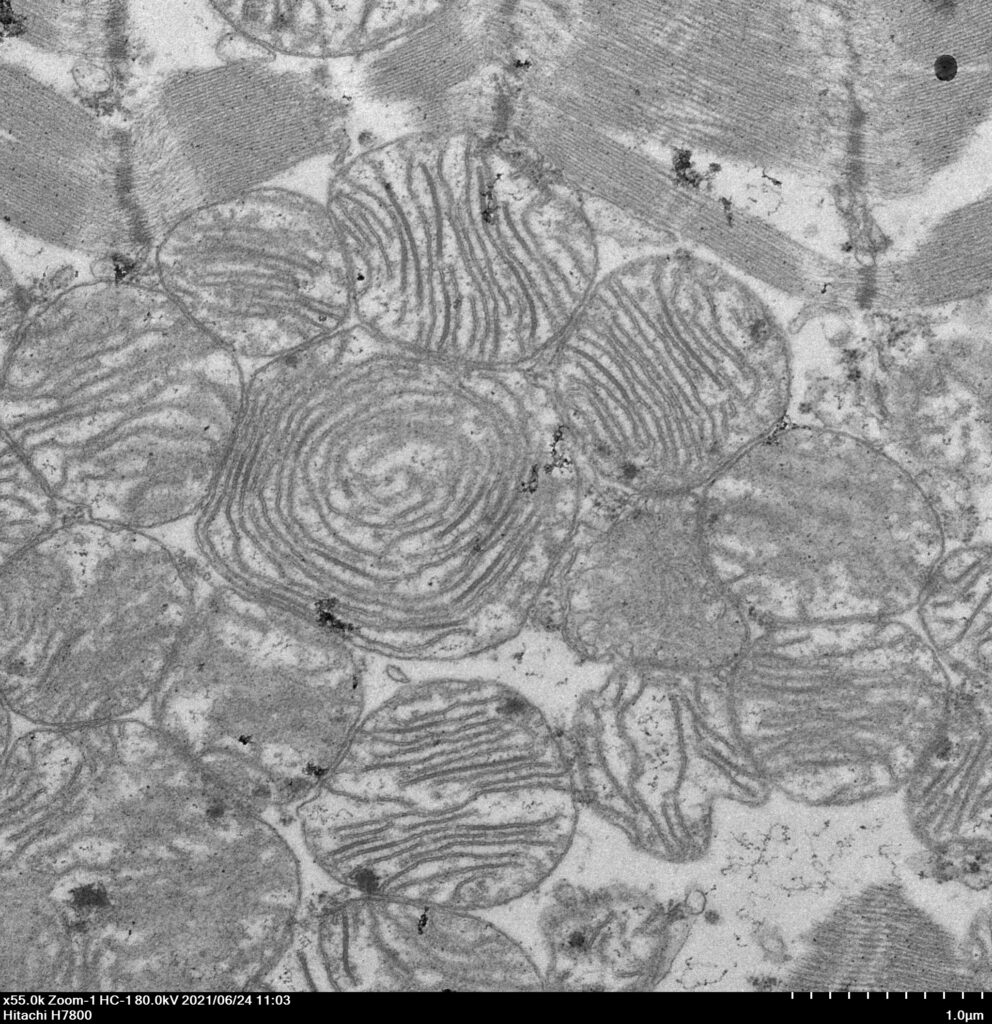[PhD defence] 24/11/2023 - Mathilde Dubois: "Impact of hyperglycaemia on the sensitivity of the heart to ischaemia-reperfusion" (LaPEC)
Title of thesis
"Impact of hyperglycaemia on the sensitivity of the heart to ischaemia-reperfusion: complex interaction between mitochondrial dynamics, calcium homeostasis and production of reactive oxygen species".
Date and place
Salle des thèses, Campus Hannah Arendt - 24 November 2023 at 2pm
Discipline
Biology/Physiology discipline
Laboratory
Laboratory of Experimental Cardiovascular Physiology (LaPEC)
Management
- Cyril REBOUL
Composition of the jury
- WAI Timothy - DR CNRS, Institut Pasteur, Paris
- MOURIER Arnaud - CR CNRS, IBGC, Bordeaux
- PAILLARD Mélanie - CR INSERM, CarMeN, Lyon
- VERGELY Catherine - PU, PEC2, University of Dijon
- LANDRIER Jean-François - DR INRAE, C2VN, Marseille
- REBOUL Cyril - MCU-HDR, LaPEC, Avignon University
Summary of the thesis
Hyperglycaemia per se is recognised as a predictor of the severity of cardiac lesions following a myocardial infarction. However, the underlying cellular mechanisms remain to be investigated. Mitochondrial dynamics, a process describing both changes in the morphology of mitochondria and their interactions with other organelles such as the reticulum, has emerged in recent years as a key player in the sensitivity of the heart to ischaemia-reperfusion (IR). However, its role in the deleterious effects of hyperglycaemia during IR has never been investigated. We therefore hypothesised (i) that the increased sensitivity of the heart to IR in hyperglycaemic conditions could be explained by the impact of hyperglycaemia on the complex interaction between mitochondrial dynamics, cellular calcium homeostasis and the production of reactive oxygen species (ROS) and (ii) that the activation of Drp1, a major regulator of mitochondrial dynamics, could play a central role in this phenomenon. In this thesis, we reported an increase in interactions between the sarcoplasmic reticulum and mitochondria, associated with exacerbated mitochondrial fission when IR was performed on isolated hearts perfused with a hyperglycaemic solution, compared with a normoglycaemic solution. In addition, we observed, in isolated mitochondria and cardiomyocytes, that hyperglycaemia is at the origin of a vicious circle between overproduction of ROS of mitochondrial origin, instability of the ryanodine receptor and increased entry of calcium into the mitochondria. This complex interaction could help to explain the early activation of mPTP observed in mitochondria from hearts perfused with hyperglycaemic solution or from rat hearts treated with streptozotocin. Finally, we reported that inhibition of Drp1, via injection of Mdivi-1 during the hyperglycaemic phase, normalises disturbances in calcium homeostasis, ROS production, activation of mPTP and ultimately reduces the sensitivity of the heart to IR in rats treated with streptozotocin. In conclusion, this thesis work demonstrated that Drp1 activation in response to hyperglycaemia alters mitochondrial dynamics and cellular calcium homeostasis, contributing to the increased vulnerability of the heart to IR.

Mis à jour le 7 November 2023